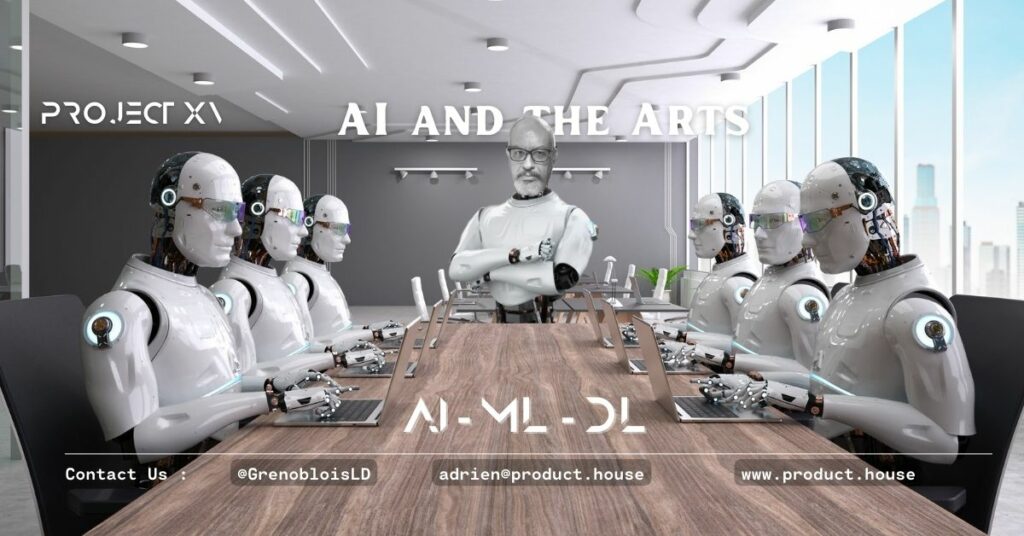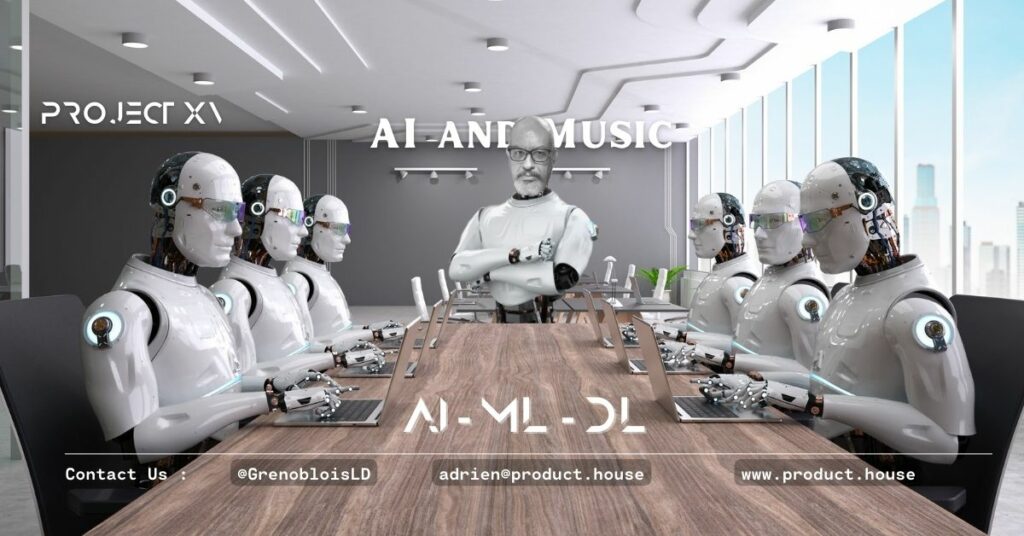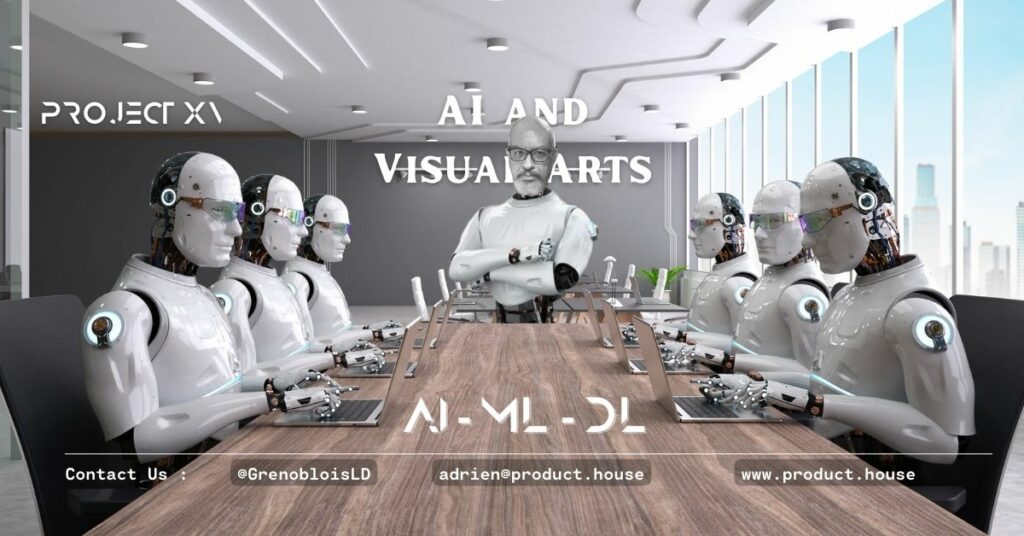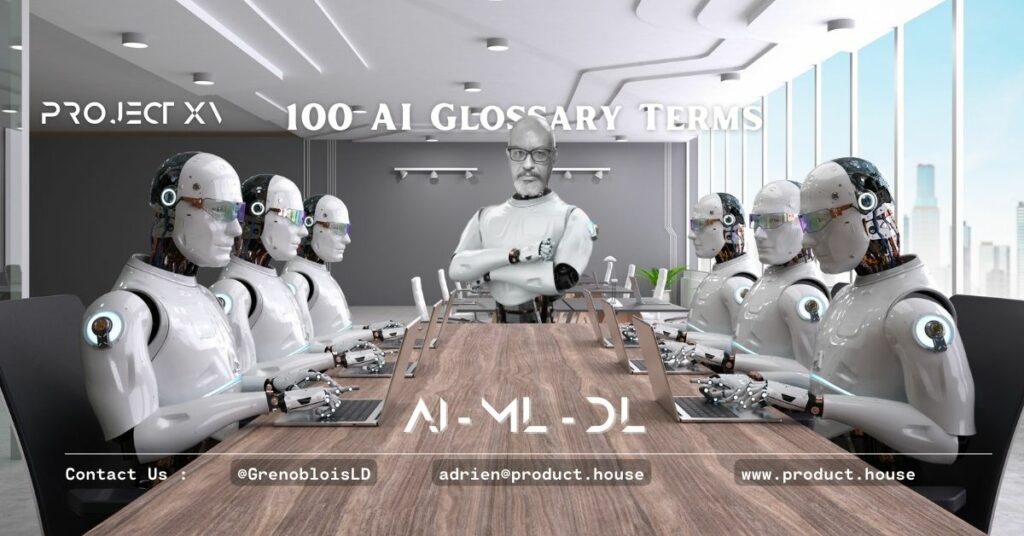AI and the Arts: How Machine Learning Is Changing Creativity

Artificial intelligence (AI) is revolutionizing many fields, and the arts are no exception. Machine learning, a subset of AI, is allowing artists and creatives to explore new forms of expression, generate new insights, and push the boundaries of creativity. From music and visual art to film and literature, machine learning is changing the way we think about and experience art.
- Music Machine learning is enabling new forms of musical expression, allowing composers and musicians to generate entirely new types of sounds and music. AI algorithms can analyze existing music to identify patterns and create new compositions that are similar in style, but still unique.
- Visual Art Machine learning is also changing the way we create and experience visual art. Generative adversarial networks (GANs), a type of machine learning algorithm, can create entirely new images that blend different styles and themes. Additionally, AI can be used to analyze images and identify patterns, allowing artists to generate new ideas and explore new forms of expression.
- Film AI is changing the film industry in a number of ways. For example, AI algorithms can analyze large amounts of data, such as box office trends and audience preferences, to help filmmakers make more informed decisions about casting, marketing, and distribution. AI can also be used to create special effects and automate tasks that would otherwise be time-consuming or difficult to accomplish.
- Literature AI is also changing the way we write and read literature. For example, AI algorithms can analyze large amounts of text to identify patterns and generate new writing that is similar in style. Additionally, AI can be used to automate tasks such as proofreading and fact-checking, allowing writers to focus on the creative aspects of their work.
While the use of AI in the arts has great potential, there are also some concerns to consider. For example, there is the worry that AI-generated art may lack the emotional depth and personal touch that comes from human expression. There are also concerns about the potential for biases to be built into AI systems, which could impact the types of art that are created.
Despite these concerns, the use of AI in the arts is likely to continue to grow in the coming years. As artists and creatives continue to explore the possibilities of machine learning, we can expect to see entirely new forms of art and expression that push the boundaries of creativity.
Additional Resources:
- Google Arts & Culture: A platform that uses AI to make art more accessible and interactive.
- The Art and Science of Machine Learning: A course offered by Stanford University that explores the intersection of machine learning and the arts.
Book Recommendations:
- “The Creativity Code: Art and Innovation in the Age of AI” by Marcus du Sautoy
- “Artificial Intelligence and the Modern Creative Economy” edited by Brian L. Frye and Elizabeth L. Hamilton
In conclusion, machine learning is transforming the arts by enabling new forms of expression and exploration. While there are some concerns to consider, the use of AI in the arts is likely to continue to grow, pushing the boundaries of creativity and generating entirely new forms of art and expression.
FAQs
- What is machine learning?
Machine learning is a subset of artificial intelligence that involves training algorithms to recognize patterns and make predictions based on data. - How is machine learning changing the arts?
Machine learning is enabling new forms of expression and exploration in music, visual art, film, and literature. - What are generative adversarial networks?
Generative adversarial networks, or GANs, are a type of machine learning algorithm that can create entirely new images that blend different styles and themes. - What are some concerns associated with the use of AI in the arts?
Some concerns include the potential for AI-generated art to lack emotional depth, as well as the possibility of biases being built into AI systems. - How can machine learning be used to create music?
Machine learning algorithms can analyze existing music to identify patterns and create new compositions that are similar in style, but still unique. - How can machine learning be used to create visual art?
Machine learning can be used to analyze images and identify patterns, allowing artists to generate new ideas and explore new forms of expression. - How can machine learning be used to create special effects in film?
Machine learning algorithms can be used to create realistic special effects and automate tasks that would otherwise be time-consuming or difficult to accomplish. - How can machine learning be used to improve the writing process?
Machine learning algorithms can be used to automate tasks such as proofreading and fact-checking, allowing writers to focus on the creative aspects of their work. - What are the Google Arts & Culture platform?
The Google Arts & Culture platform uses AI to make art more accessible and interactive. - What is the Art and Science of Machine Learning course?
The Art and Science of Machine Learning is a course offered by Stanford University that explores the intersection of machine learning and the arts.
Reminders
When using AI in the arts, it is important to balance the benefits of automation and efficiency with the need for human creativity and emotional depth. Additionally, it is important to be aware of potential biases and ethical concerns when using AI in the creation of art.
Resources
- Google Arts & Culture: A platform that uses AI to make art more accessible and interactive.
- The Art and Science of Machine Learning: A course offered by Stanford University that explores the intersection of machine learning and the arts.
Book List
- “The Creativity Code: Art and Innovation in the Age of AI” by Marcus du Sautoy
- “Artificial Intelligence and the Modern Creative Economy” edited by Brian L. Frye and Elizabeth L. Hamilton
Examples
- AI-generated music that blends different styles and themes.
- AI-generated visual art that creates entirely new images.
- AI-assisted filmmaking that automates tasks such as special effects and data analysis.
- AI-powered writing tools that automate tasks such as proofreading and fact-checking.
- Here are five companies that use AI to create text, music, images, and videos:
- OpenAI: OpenAI is a research organization that uses AI to create natural language processing models, such as GPT-3, which can generate text in a variety of styles and genres.
- Amper Music: Amper Music is a company that uses AI to create custom music tracks for videos and other media. Users can input their desired genre, mood, and length, and the AI will generate a unique track.
- DeepArt.io: DeepArt.io is a website that uses AI to transform photos into works of art using different artistic styles. Users can upload their own images and choose from a variety of styles to create unique, AI-generated images.
- Crystal Universe: Crystal Universe is a design studio that uses AI to create immersive, interactive installations that use sound and light to create stunning visual experiences.
- Lumen5: Lumen5 is a video creation platform that uses AI to automate the video creation process. Users can input their script, and the AI will generate a video based on the content, using pre-built templates, images, and animations.
- These are just a few examples of the many companies that are using AI to create innovative new content in a variety of mediums.
in 2023 time of writing, the AI war to get market shares is on and many new companies and organizations coming to the market provide never seen before opportunities of fast creation.
Glossary
- Machine learning: A subset of artificial intelligence that involves training algorithms to recognize patterns and make predictions based on data.
- Generative adversarial networks: A type of machine learning algorithm that can create entirely new images that blend different styles and themes.
Quiz
- What is machine learning?
- How is machine learning changing the arts?
- What are generative adversarial networks?
- What are some concerns associated with the use of AI in the arts?
- How can machine learning be used to create music?
- How can machine learning be used to create visual art?
- How can machine learning be used to create special effects in film?
- How can machine learning be used to improve the writing process?
- What is the Google Arts & Culture platform?
- What is the Art and Science of Machine Learning course?
Answers:
- Machine learning is a subset of artificial intelligence that involves training algorithms to recognize patterns and make predictions based on data.
- Machine learning is enabling new forms of expression and exploration in music, visual art, film, and literature.
- Generative adversarial networks, or GANs, are a type of machine learning algorithm that can create entirely new images that blend different styles and themes.
- Some concerns include the potential for AI-generated art to lack emotional depth, as well as the possibility of biases being built into AI systems.
- Machine learning algorithms can analyze existing music to identify patterns and create new compositions that are similar in style, but still unique.
- Machine learning can be used to analyze images and identify patterns, allowing artists to generate new ideas and explore new forms of expression.
- Machine learning algorithms can be used to create realistic special effects and automate tasks that would otherwise be time-consuming or difficult to accomplish.
- Machine learning algorithms can be used to automate tasks such as proofreading and fact-checking, allowing writers to focus on the creative aspects of their work.
- The Google Arts & Culture platform uses AI to make art more accessible and interactive.
- The Art and Science of Machine Learning is a course offered by Stanford University that explores the intersection of machine learning and the arts.





